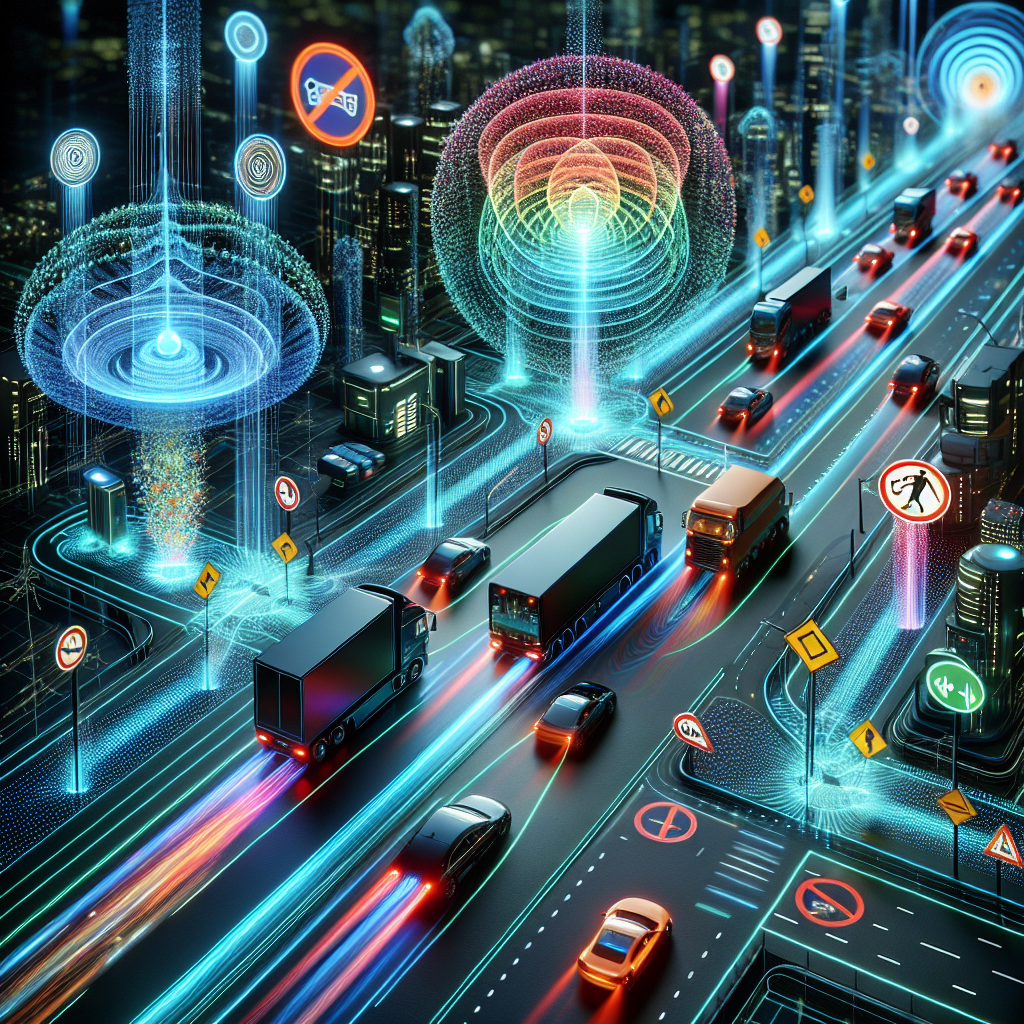Artificial Intelligence (AI) is revolutionizing the transportation industry by improving efficiency, safety, and overall customer experience. From autonomous vehicles to smart traffic management systems, AI deployment in transportation is helping to address some of the biggest challenges facing the industry today. In this article, we will explore how AI is being used in transportation to enhance efficiency and safety, and examine some of the key benefits and challenges associated with its deployment.
AI in Transportation: Improving Efficiency
One of the key ways in which AI is improving efficiency in transportation is through the use of autonomous vehicles. These self-driving cars, trucks, and buses are equipped with AI-powered systems that can navigate roads, detect obstacles, and make decisions in real-time. This technology has the potential to significantly reduce traffic congestion, lower emissions, and improve overall transportation efficiency.
AI is also being used to optimize route planning and scheduling for public transportation systems. By analyzing historical data, traffic patterns, and other relevant information, AI algorithms can help transportation agencies improve the efficiency of their networks, reduce wait times for passengers, and increase overall service quality.
Furthermore, AI-powered predictive maintenance systems are helping transportation companies to reduce downtime and improve the reliability of their fleets. By analyzing data from sensors and other sources, these systems can identify potential issues before they occur, allowing companies to address maintenance issues proactively and avoid costly breakdowns.
AI in Transportation: Enhancing Safety
Safety is a top priority in the transportation industry, and AI is playing a crucial role in improving safety for both passengers and drivers. For example, AI-powered collision avoidance systems can detect potential hazards on the road, such as other vehicles, pedestrians, or obstacles, and take evasive action to prevent accidents.
AI is also being used to monitor driver behavior and detect signs of fatigue or distraction. By analyzing data from cameras, sensors, and other sources, AI algorithms can identify risky driving patterns and alert drivers or fleet managers to take corrective action.
Furthermore, AI-powered traffic management systems are helping to improve safety by optimizing traffic flow, reducing congestion, and minimizing the risk of accidents. By analyzing real-time data from sensors, cameras, and other sources, these systems can adjust traffic signals, reroute vehicles, and provide real-time updates to drivers to help them navigate safely.
Benefits of AI Deployment in Transportation
There are several key benefits associated with the deployment of AI in transportation:
1. Improved Efficiency: AI-powered systems can help transportation companies optimize their operations, reduce costs, and improve overall efficiency.
2. Enhanced Safety: AI technologies can help to identify potential hazards, prevent accidents, and improve overall safety for passengers and drivers.
3. Better Customer Experience: By streamlining operations, reducing wait times, and improving service quality, AI can enhance the customer experience and increase customer satisfaction.
4. Reduced Environmental Impact: Autonomous vehicles and other AI-powered technologies can help to reduce emissions, lower fuel consumption, and minimize the environmental impact of transportation.
Challenges of AI Deployment in Transportation
While the benefits of AI deployment in transportation are clear, there are also several challenges that need to be addressed:
1. Data Privacy and Security: AI systems rely on vast amounts of data to operate effectively, raising concerns about data privacy and security.
2. Regulatory Compliance: The deployment of AI in transportation is subject to a complex regulatory environment, which can vary from one jurisdiction to another.
3. Ethical Considerations: AI algorithms can sometimes make decisions that raise ethical concerns, such as prioritizing one group of individuals over another in emergency situations.
4. Integration with Existing Systems: Integrating AI-powered technologies with existing transportation infrastructure can be complex and costly, requiring careful planning and coordination.
FAQs
Q: What are some examples of AI deployment in transportation?
A: Some examples of AI deployment in transportation include autonomous vehicles, predictive maintenance systems, traffic management systems, and route optimization algorithms.
Q: How can AI improve efficiency in transportation?
A: AI can improve efficiency in transportation by optimizing route planning, reducing congestion, enhancing fleet management, and streamlining operations.
Q: What are some of the safety benefits of AI deployment in transportation?
A: AI deployment in transportation can improve safety by detecting potential hazards, preventing accidents, monitoring driver behavior, and optimizing traffic flow.
Q: What are some of the key challenges associated with AI deployment in transportation?
A: Some of the key challenges associated with AI deployment in transportation include data privacy and security concerns, regulatory compliance issues, ethical considerations, and integration challenges with existing systems.
In conclusion, AI deployment in transportation is transforming the industry by improving efficiency, safety, and overall customer experience. While there are challenges that need to be addressed, the benefits of AI in transportation are clear, and the potential for further innovation and improvement is vast. By leveraging the power of AI technologies, transportation companies can enhance their operations, reduce costs, and create a safer and more sustainable transportation system for the future.

